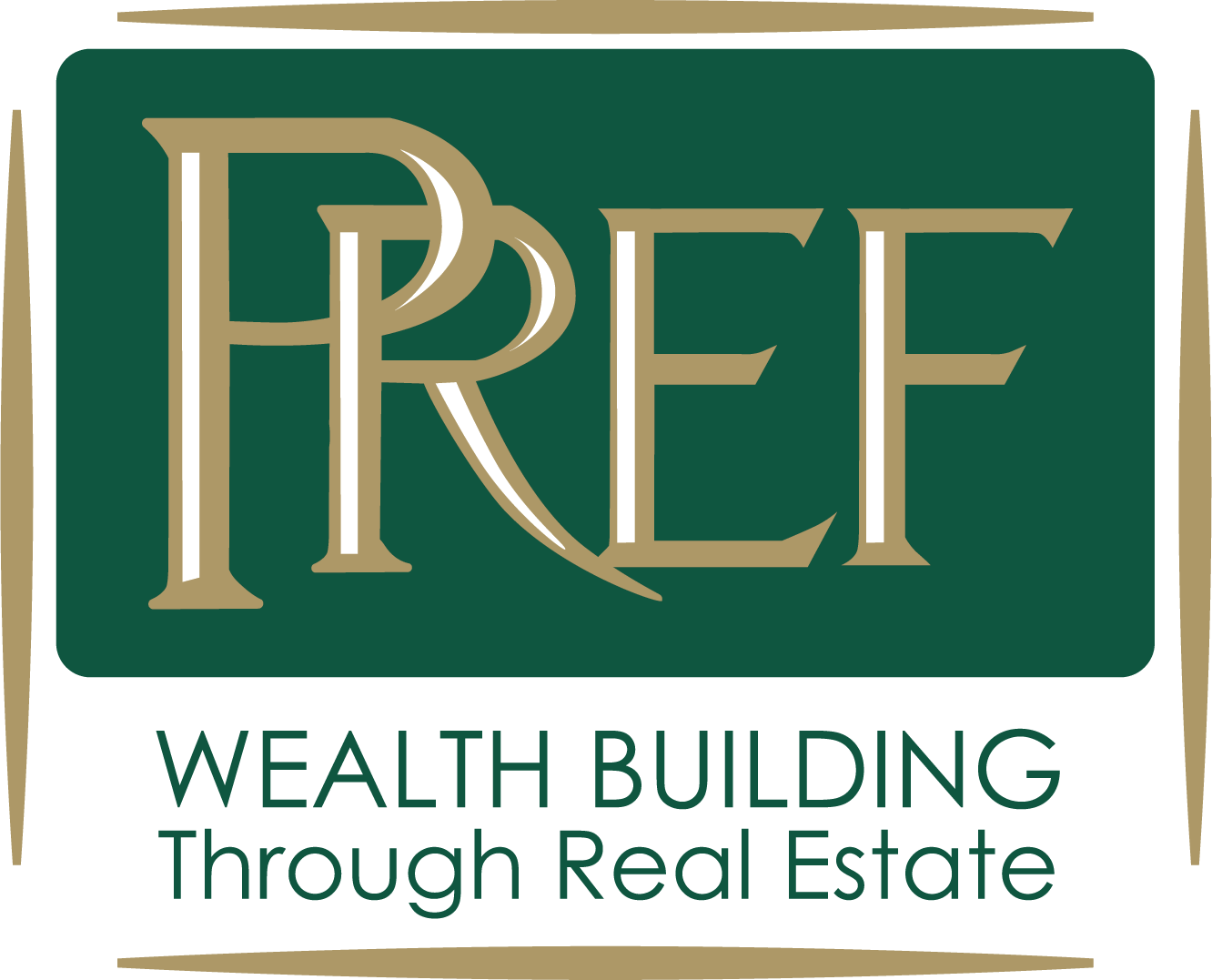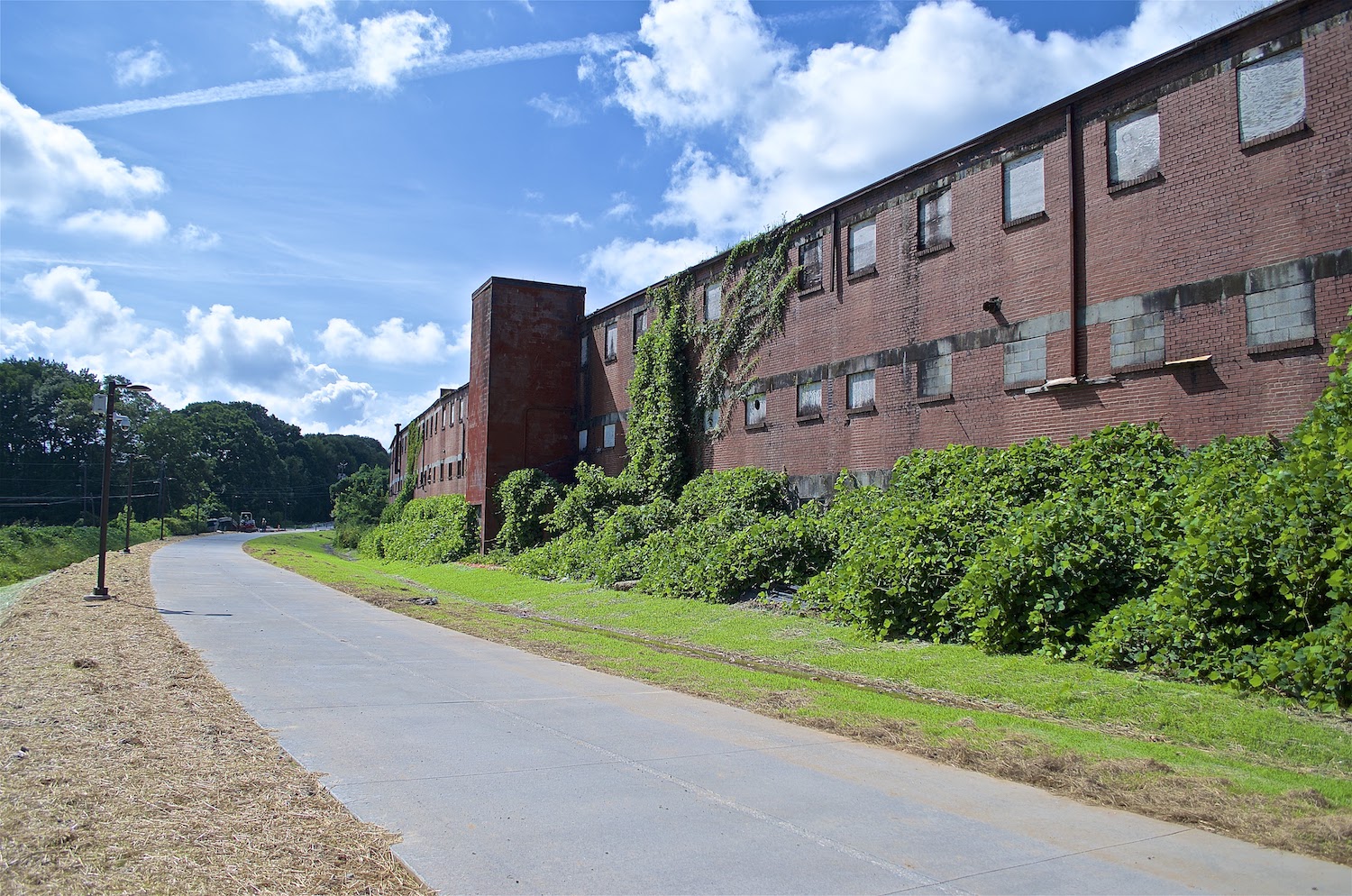Where is the “Add” in “Value-Add”?
Late in the Cycle As discussed in previous blogs, I believe we are very late in the real estate cycle, a period which is characterized by fully priced assets and increasing ground-up development. Yet, I keep hearing the term “value-add” tossed around both by brokers trying to sell properties with low current yields and buyers convinced that rents will continue to increase and add value. I am skeptical. In addition, with fewer transactions occurring, lenders are becoming more aggressive by offering longer “interest-only” periods and equity funds are becoming lenders to make up for the lack of good buying opportunities. I find these trends troubling. This is the sort of activity that usually pushes the market over the edge. The Real Deal In a true value-add market, sellers are usually under pressure, rents are low, and vacancies are high. Buyers in this market are more risk-tolerant and are focused on












